Plain crepe satin
Feels soft and waxy, shiny, compared to others Silk is more shiny, but the luster will become darker after a few washes. And the front and back are different. The reverse side is matte.
The plain crepe satin is woven so tightly that the texture is difficult to see with the naked eye. The disadvantages are that it is easy to snag, wrinkle, and has a large shrinkage rate. However, heavy plain crepe satin does not have this problem. It has a soft luster, thick and crisp feel, and is not easy to deform, snag, or wrinkle.
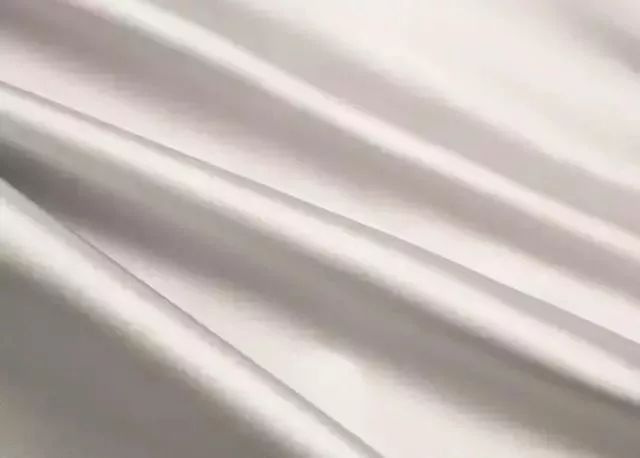
Stretch Satin
Similar to plain crepe satin Made of stretch satin. It is not 100% mulberry silk, but generally contains 5% to 10% spandex. Compared with plain crepe satin, it has a certain elasticity, is not easy to wrinkle, and is easy to take care of. It also makes up for the shortcomings of pure silk.
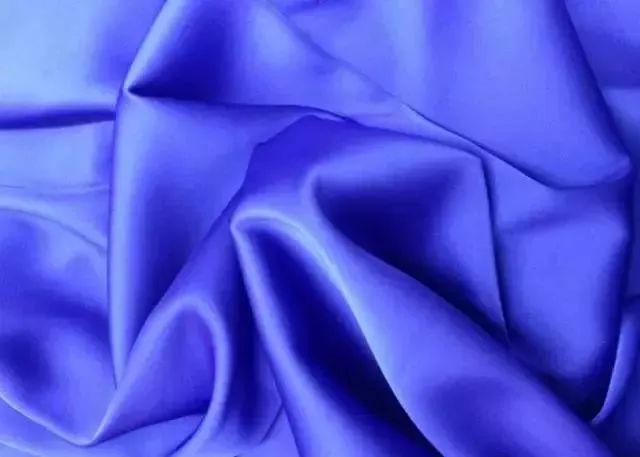
Pearl Satin
It has a pearl luster and a smooth surface Crepe lines are more obvious. The luster is fat and bright, similar to plain crepe satin, but the front and back are different. There is only pearl silk, and it is not mulberry silk, but tussah silk. It has a slight concave and convex feel, is soft and opaque, and is suitable for shirts, dresses, etc.
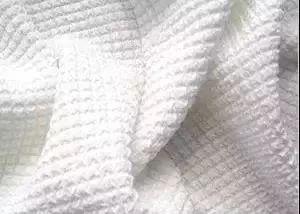
Crepe de Chine
The surface is crepey, with Slightly concave and wavy scale crepe pattern, soft luster, soft hand feel, comfortable wearing, and good anti-wrinkle performance. Crepe de chine is easier to recognize, the concave and convex feel is somewhat obvious, the texture is visible, and it is light and slightly transparent. Suitable for shirts, skirts, etc., it should be one of the most common types of silk.
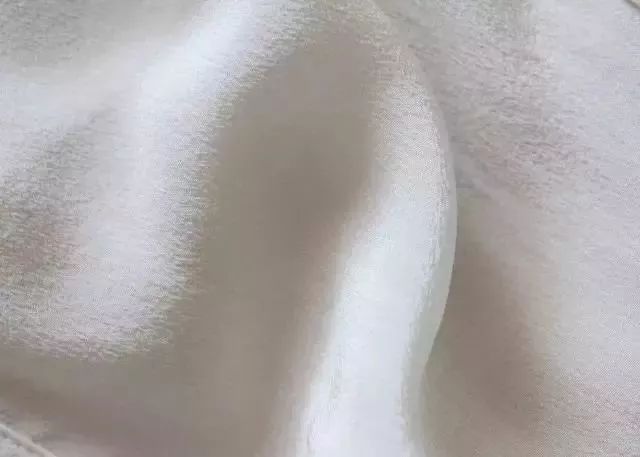
Georgette
Also known as Georgette crepe. The texture is very similar to chiffon, I mean chemical fiber chiffon. The difference between silk chiffon and Georgette can be distinguished at a glance. Georgette is light and permeable, feels soft and elastic, has good air permeability and drape, the silk surface particles are slightly convex, and the structure is loose. In fact, there are many specifications for Georgette crepe, which mainly depends on the thickness of the mulberry silk raw material, the number of threads combined, the twist and the warp and weft density. Therefore, the thickness of ordinary georgette is different. The common ones are 4.5 mm and 12 mm. The arrangement of warp and weft is not discussed here. Personally, I prefer Chongqiao, which is opaque, smooth, not easy to wrinkle, and easy to take care of.
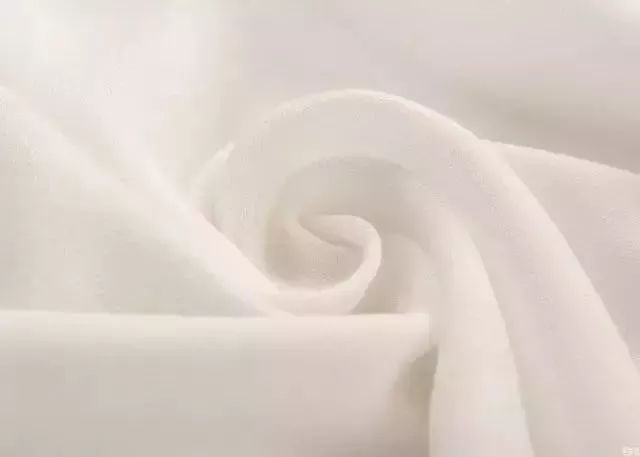
Silk chiffon
Chiffon has recently become a Because of its popular clothing, it is easier for the public to be familiar with it, but most of the chiffon on the market is imitation silk chiffon. Characteristics of silk chiffon: thin, soft, good drape, light luster, slightly loose structure, clear holes visible. The disadvantages are that it’s easy to snag, and… it’s not easy to dry.
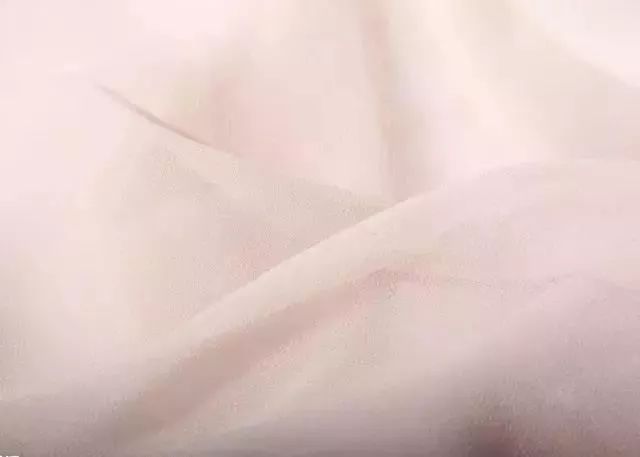
Shun crepe
Also called bark Crepe is named after its shape like tree bark. It is light, permeable, not easy to wrinkle, and has good drape.
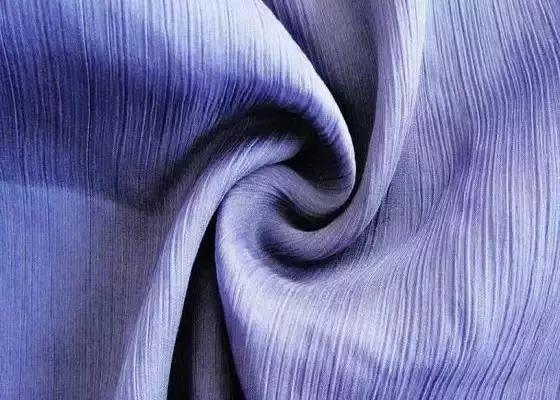
Silk Organza
Organza It doesn’t have to be silk, there are also chemical fiber and silk. The organza in many shopping malls or Taobao stores is made of chemical fiber, because it is difficult to distinguish between silk organza and chemical fiber organza with the naked eye. Silk organza is hard, but not as hard as chemical fiber.
Silk organza feels softer, will not prick the skin, and is slightly stiff, but not as stiff as chemical fiber organza. The disadvantage is that it is very easy to break and snag. Chemical fiber ones are much better. Organza is easy to see through and is suitable for wedding dresses and dresses, but it must be lined.
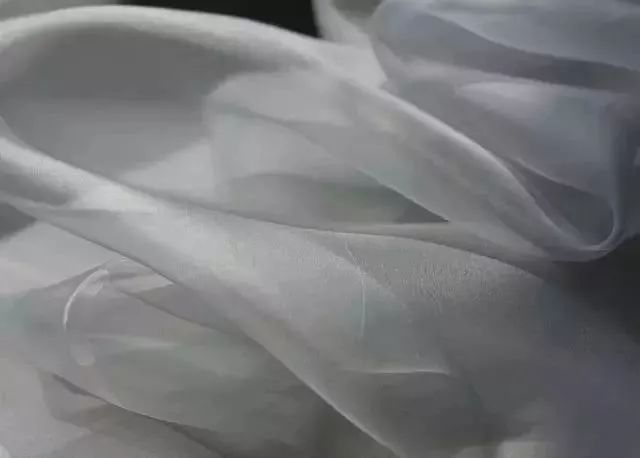
Electric spinning
Mulberry silk raw weaving and spinning Silk-like fabric. The texture is tight, fine and clean, and the luster is fat and bright. It was first made by hand using raw silk as raw material and using wooden looms. Later it was switched to factory silk as raw material and woven using electric looms. There are also many specifications for electric spinning, ranging from 8.36m/m to 16.26m/m. Thin electric spinning can be used as the lining of wool, cashmere coats, silk dresses, etc., and slightly thicker ones can be used as shirts, dresses, etc. Interwoven electric spinning, the warp mulberry silk and the weft rayon are interwoven. The luster of power-spun satin is slightly inferior to that of plain crepe satin, but the two sides of power-spun are the same.
Satin
Satin is a fabric with a satin weave and a smooth and bright silk surface. It has many varieties and a wide range of uses and is suitable for all kinds of clothing. Satin fabrics are Among silk products, the processing technology is the most complex, the appearance of the fabric is the most colorful, and the level of craftsmanship is the most advanced. Common types we commonly see in daily life include floral satin, plain soft satin, brocade satin, antique satin, etc.
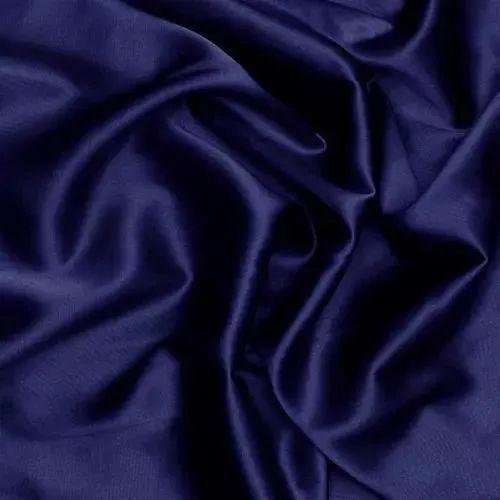
绨
Using plain weave, using filament as warp, cotton or other Yarn is used as weft, a silk fabric with thick texture and clear texture. It can be divided into plain thread and floral thread
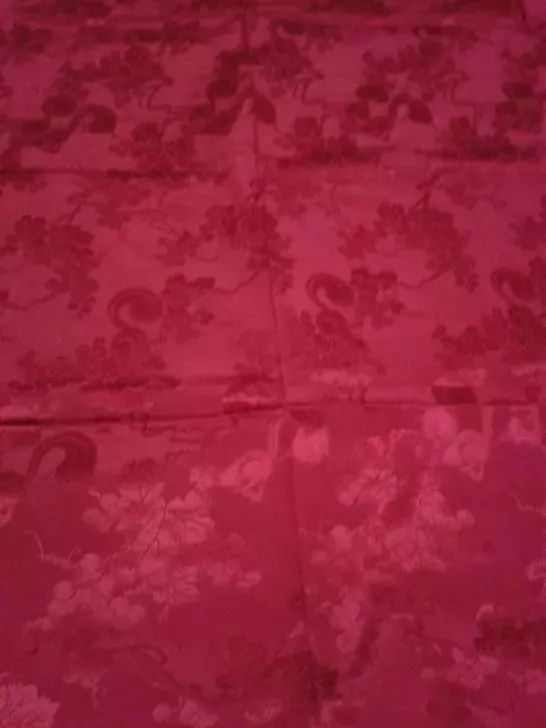
Ge
Using plain weave, twill weave and their variations, the warp and weft are sparse, the warp and weft are thin, and the surface of the fabric shows transverse woven patterns, with a thick texture. Silk fabric
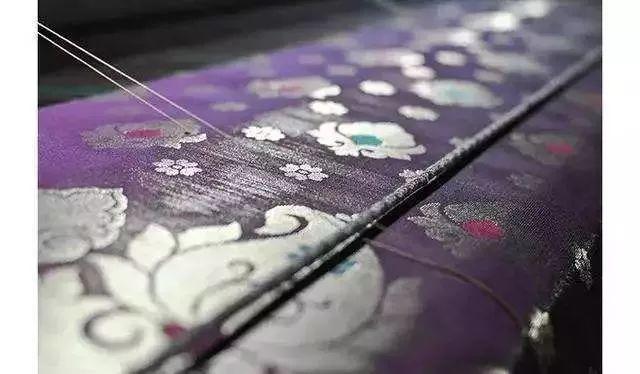
What
Uses various Weave, using thicker warp and weft threads, rich texture, wooly silk fabric
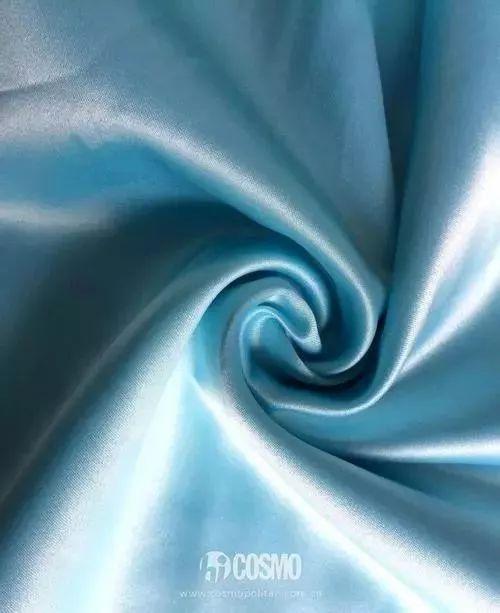
velvet
Silk fabric that is wholly or partially made of fleece tissue and has fluff or loops on the surface

Silk
Silk is the most important type of silk fabric. It is a fabric with plain weave or changed weave and closely interlaced warp and weft. It is characterized by silk The surface is flat and delicate, feels smooth and has a wide range of uses. “Silk” is often used as a general term for silk fabrics, such as silk and satin. The word “Silk” can also be used to represent silk fabrics; those that use rayon as raw materials are also called artificial silk.
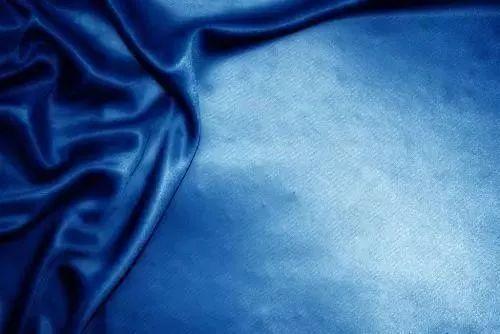
Silk
Using plain or fake yarn weave , a silk fabric with light texture and transparent holes.
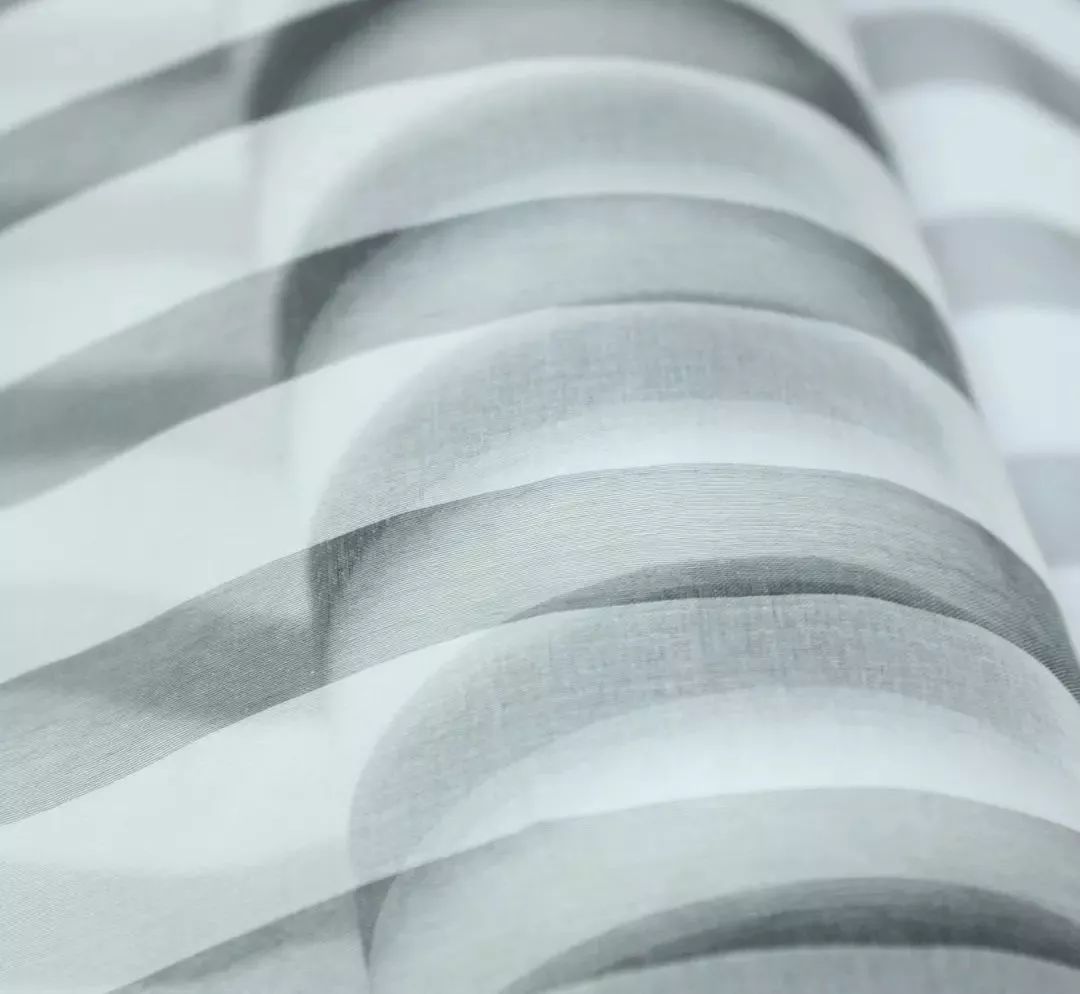
Crepe
Using plain weave or other weaves , silk fabrics that use processes such as warp and weft enhanced twisting to create a wrinkle effect on the fabric. Its characteristics are: the silk mask has bidirectional wrinkles, soft luster, elastic feel, and good anti-crepe effect








